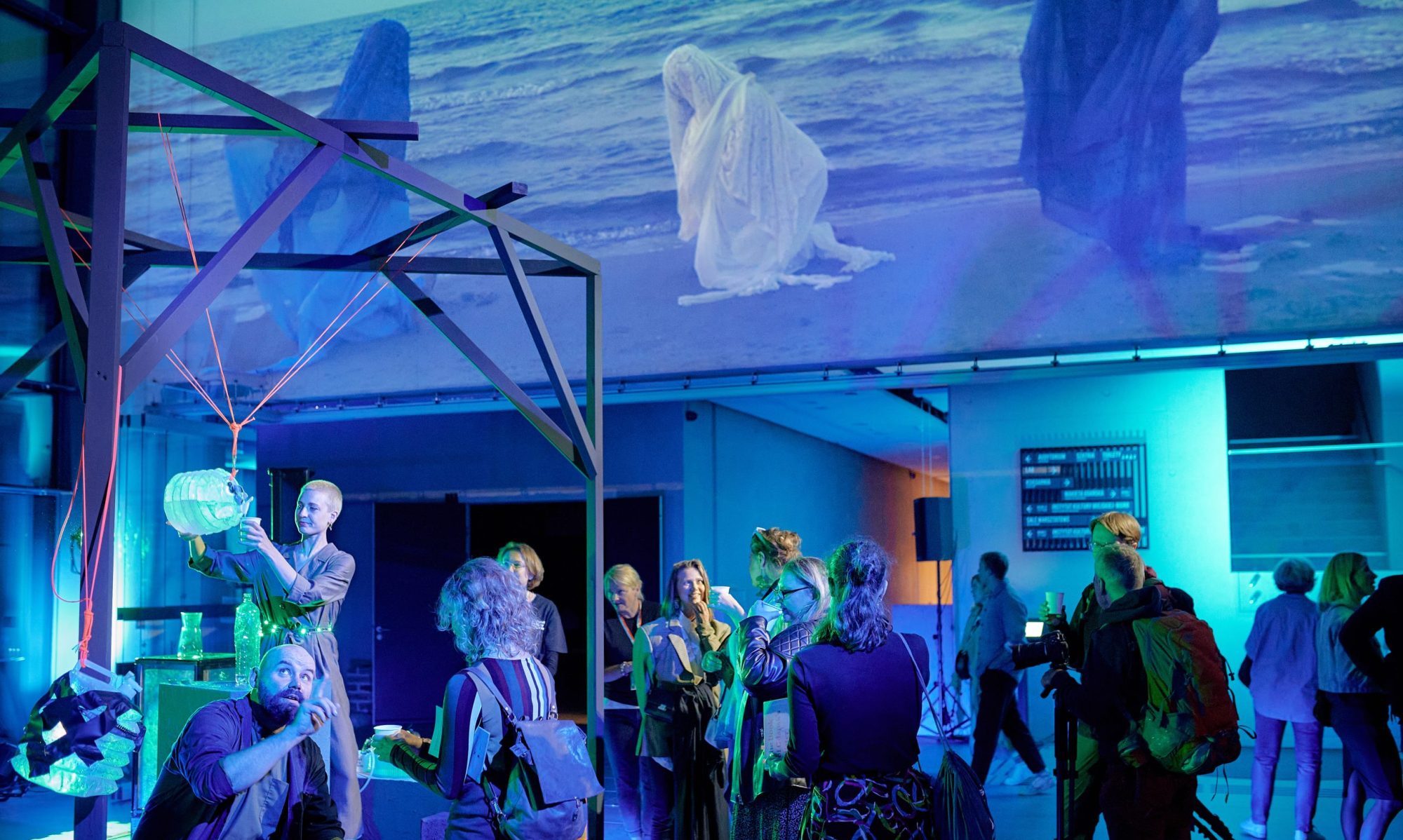On route to Vyborg by invitation of Miina Hujala & Arttu Merimaa. Learning about Ruinenwert (it’s in a troubling relationship to Deep time Marxism). Reading The Value of Ruins: Allegories of Destruction in Benjamin and Speer (2003) Naomi Stead.
The article made me think that the slogan “Personal is Political” is in a problematic relationship to fascism (or totalitarianism): “Personal is political” approaches endorse the aestheticization of the shared political realm (because opinions and positions become public primarily through acts of personal expression). The text made me also think that framing household chores as a form of labor was a bad move.. Where can we live if everything is work? When our imagination is forced to serve politics we lose our freedom. #ॐ
[…] that the ruin is not simply the remnant left over when monumentality has withered away, and that ruination does not necessarily entail a loss, but rather a shift in the meaning and monumentality of architecture.
A new aesthetic, or more pointedly a subversion of aesthetics, is unveiled by the arbitrary processes of decay. In the dialectical image is also revealed the new ways of seeing produced by new technologies and materials. For Benjamin, it is through such violence that the present can be revealed to itself. Speer’s concern, however, is not for a specific and fleeting ‘now’, but for atemporality. The sudden presence of the present, glimpsed in the rusting reinforcing rods, is for him an unwelcome excision and framing of a moment from within a temporal continuum. Speer thus unwittingly reveals a truth crucial also to Benjamin – the temporality of a ruin is produced not only by the means of its destruction, but its original construction as well.
‘Allegories are, in the realm of thoughts, what ruins are in the realm of things’, he writes. Benjamin describes allegory as a form that has been progressively marginalised by the hegemony of beauty within aesthetics, an ascendancy exemplified in the aesthetic symbol.
Benjamin sees the allegorical sensibility as a means to defeat the totalising aims of symbolism; with its emphasis on transience, specificity, and the contingent world of lived experience, allegory provides a means to represent the frailty and finitude of human life.
[S]ince [Speers] ruins are designed to ‘inspire’ subjects a thousand years in the future with the same aesthetic affect he admires in the present, they are predicated on the belief that the citizens of the future will be no different from those of his own time. Tradition, for him, is based on conservation, on the perpetuation of an unchanging ideal. Benjamin’s understanding of historical subjectivity departs radically from Speer’s positivist, teleological view of history as continuous progress: the ‘allegorical mode’ allows him to express ‘the experience of a world in fragments in which the passing of time means not progress but disintegration.’
Given Benjamin’s ambivalent attitude towards destruction, there is some room for interpretation as to whether he regards the ‘destructive character’ as the positive instrument of divine violence, or some darker force. Is Speer the destructive character, or is the allegorist – read Benjamin – himself? The answer lies in the fact that for Benjamin destruction is never an end in itself, it is only ever a process required to free history from accretions of tradition and mythology.
Benjamin’s understanding of allegory as a critical strategy, a means of undermining or corrupting established traditions from within, lends it a crucial significance both to his philosophy of history and his critique of the aestheticisation of politics.
[…] Speer’s use of the ruin is ‘symbolic’ in that it aspires to the idealised, atemporal totality characteristic of Nazi Neo-Classical architecture. Allegory, for Benjamin, is not only counteraesthetic, but a counter to aesthetics and therein lies its particular strength in opposition to the ‘aestheticisation of politics’ he identified as a key characteristic of fascism.
For Benjamin, it is through the suddenness and shock of destruction that the subject emerges from the ‘dream’ of tradition and into modern life in the present. The stripping away of the ‘traces’ of tradition, the removal of ‘aura’, the sudden shock of awakening, all aspire, in Benjamin’s conception, to the emancipated state of the ‘new poverty’, where illusions are abandoned and the subject is presented to itself in the present. Ruin, both as verb and noun, process and object, thus exemplifies a mode of working and a field of possibilities for historical materialism.
The process of ruination can be applied equally to the conceptual and to the objective world. This is the true meaning of Benjamin’s statement that ‘[a]llegories are, in the realm of thoughts, what ruins are in the realm of things’: criticism in the name of allegory is a process of conceptually ‘ruining’ the structures of affirmative argument and then of working through the [Are white tea-cups with putin prints criticism?]

